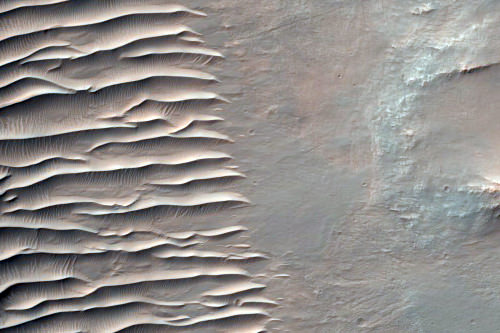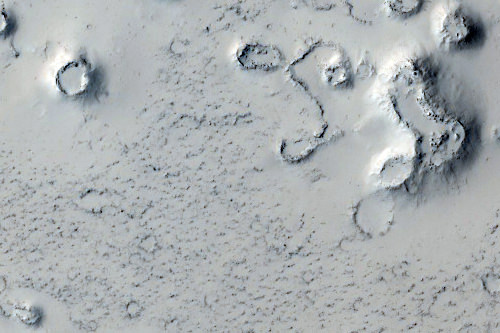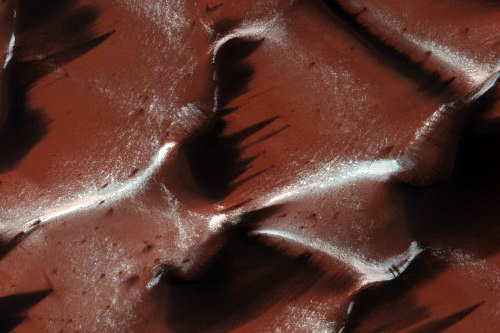3
3488
Guest
Just wanted to share with the community.
A suggestion made by me to the MRO HiRISE team has been carried out, very quickly too.
I am on my lunch break, was just checking my e-mails when I nearly fell off my chair. I knew all five of my suggestions were accepted already, but this one was considered high priority by the HiRISE team (not me).
Possible small Volcano or Pingo in Chasma Boreale.
A quick look, seems to suggest a very heavily eroded impact crater, though later on, when I look properly, may think otherwise.
Tonight when I am home, I will make crops & enlargements.
Andrew Brown.
A suggestion made by me to the MRO HiRISE team has been carried out, very quickly too.
I am on my lunch break, was just checking my e-mails when I nearly fell off my chair. I knew all five of my suggestions were accepted already, but this one was considered high priority by the HiRISE team (not me).
Possible small Volcano or Pingo in Chasma Boreale.
A quick look, seems to suggest a very heavily eroded impact crater, though later on, when I look properly, may think otherwise.
Tonight when I am home, I will make crops & enlargements.
Andrew Brown.






















































